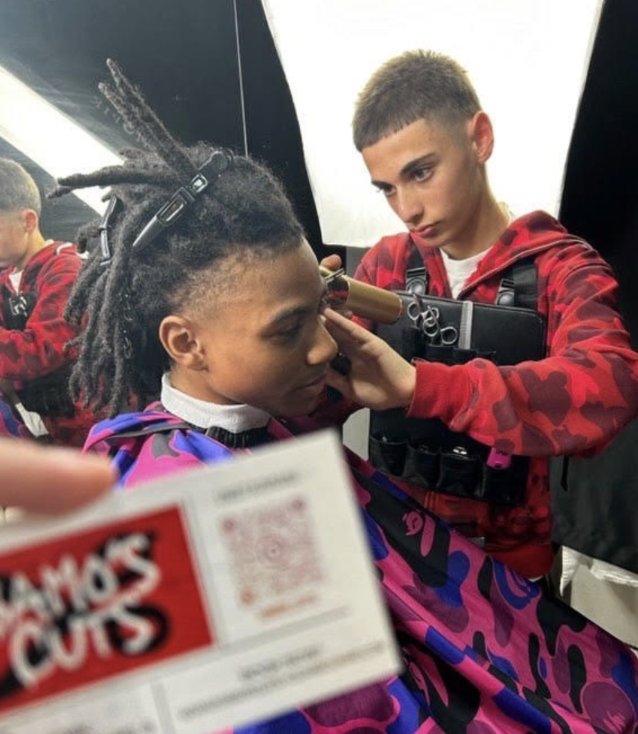Social media has become one of the most common ways people of all ages communicate with each other. Still, its adverse effects on teens may outweigh its convenience and benefits. Many students spend more time messaging, commenting, and scrolling in class, at lunch, or home after school than talking face-to-face. Some researchers believe this shift may be weakening students’ ability to socialize in person.
“Sometimes in class, I just scroll because it’s more interesting than just sitting there,” said freshman Lincoln Hoffman.
“95% of teens say that they use at least one of the major social media platforms, and about one-in-three say they use social media ‘almost constantly’,” said Pew Research Center, a nonpartisan organization that studies how technology affects society.
One primary concern is that frequent and consistent social media use may reduce teens’ capacity for having meaningful conversations. Because digital communication is often short and edited, it does not offer the same depth as in-person interaction. This could impact students’ comfort with face-to-face conversations.
“Apps designed for short bursts of interaction may be reducing the frequency and quality of longer, face-to-face conversations,” said Common Sense Media, a nonprofit focused on media and technology’s impact on children and teens.
Another concern is that social media can create pressure to appear constantly social and happy, which may make real-life socializing feel more intimidating. Unlike digital platforms, honest conversations are unfiltered.
“Sixty-one percent of high school students say they feel less comfortable with in-person conversations than they did three years ago,” said Gallup, a global analytics and polling organization.
Still, experts agree that social media does not affect everyone the same way. While some students use it to stay connected with friends and to plan in-person activities, others may rely on social media for social validation or to replace real-life connections. The difference often comes down to how the platform is used rather than the platform itself.









